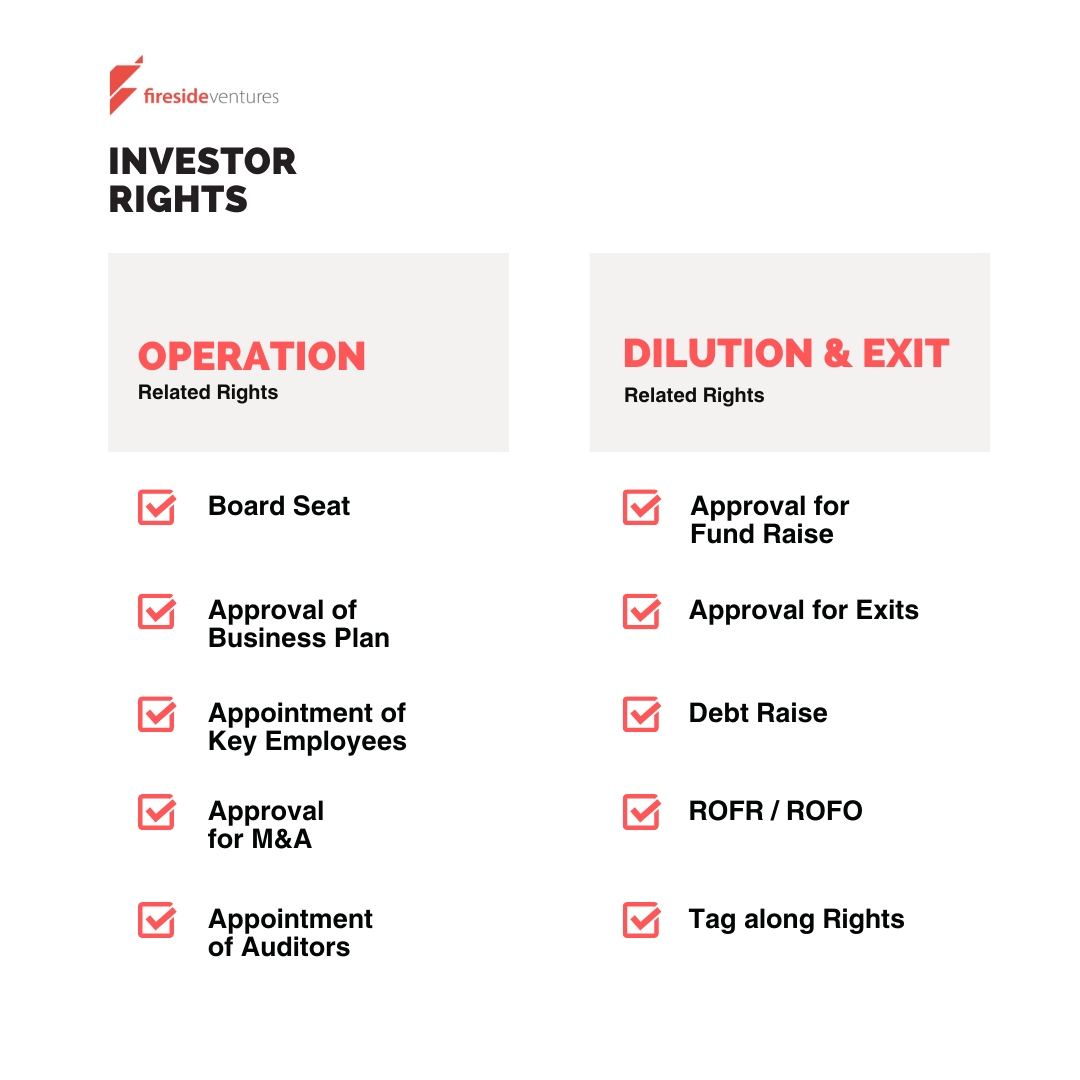
Some startups raise venture capital as soon as they possibly can. Others choose to stay bootstrapped as long as they can manage it. Still others turn to angel investors to see them through the early stages of their business. There are many ways to raise funds for your business, but which one is right for you?
Priyanka Salot, who co-founded The Sleep Company, tapped her IIM Calcutta alumni network for investor connects. Siddhartha Nangia, co-founder of Smytten, reached out to entrepreneur friends who had raised VC money before to understand the landscape. Both these founders went on to successful rounds, which have helped them move closer to their distinct brand vision.
Even before you decide when to fundraise, the question to answer is whether you need to at all.
To raise or not to raise
The question of whether to fundraise or not is best delinked from any idea of glamour or external measure of success. It has to come from your brand’s specific business aspirations. It may make sense to evaluate the need for raising capital if a profitable, self-sustaining business is meeting your aspirations.
Fundraising makes sense if you need it to achieve a specific business goal, whether accelerated growth, or investment in technology, or even the establishment of a strong leadership team. It is important to understand the responsibilities that come with raising capital and the founder's commitment to VC funds investing in them, and the overall long-term impact on scalability vs. shareholding for founders. Dilution is the obvious cost, however, it must be judged objectively, by looking at the eventual shareholding and holding a slightly smaller stake in a much larger company enabled by taking on capital.

Right time, right place
But when is the right time to raise funds? Again, there’s no one-size-fits-all answer.
The Sleep Company was bootstrapped until it established product-market fit. At that point, Priyanka and Harshil wanted their business to grow exponentially, as well as go international, and omnichannel. This direction would clearly be extremely capital-intensive, so they set out on their first fundraise.
Smytten, on the other hand, was funded by family, friends and angels even before they took their first order. But when they realised the scope of technology required to build out their platform, they turned to venture capital.
At Fireside Ventures, we have learned from investing in 30+ brands, and have tried to break down the building blocks that can perhaps give you some clarity of thought and a framework to base your decisions upon. The right time can be judged using a simple two-point framework: (A) Duration/ headroom that the intended capital raise will provide vs. willingness to frequently raise, and (B) Scale of business impacted by delaying timing of fundraise and thus the dilution vs. Current Market Conditions. While each business has its unique needs, broadly speaking, thinking along these dimensions can help you think through the question of right time and place.
The right partner
Just as the time to raise external capital varies from business to business, so does the source of that capital. At an early stage, most successful entrepreneurs have agreed that it is important to choose the partner that is right for your journey and thus this becomes a very critical aspect.
This is where your peers and network of fellow entrepreneurs can play a major role. They’ll help you understand what to expect from different VCs, whether you seek a hands-off kind of investor, or an extremely involved one that hand-holds you through the early stage.
A good question to ask yourself before reaching out to potential investors is what your ask really is. Are you seeking only financial support, or do you also need an advisor? Or does your business need a network to expand? The answers to these are likely to guide you towards the right kind of investors in your brand.
Smytten’s Siddhartha likened it to an arranged marriage, where you need to pick the right partner to make it a success. With a new concept like a product discovery platform, it was very important to them to partner with a VC who truly understood FMCG.

Picking a number

A fine balance: Empowerment and governance
Venture capital gives you the freedom to pursue your brand idea to its fullest extent. But it also brings in the guardrails of governance and responsibility to your board.
As a founder, it’s important to protect your vision and your operational rights. Ensure that you don’t dilute too much, and that you are able to continue to chart the future of your brand. In fact, while choosing your VC partner, ensure that they are deeply aligned with your vision, so that you can actually draw upon their connections and expertise to reach your goals quicker – whether it’s platform success, or global ambitions, or even sustainability goals.


It’s okay to cold call
A question we’re asked frequently is how founders can reach VCs. If you know the funding ecosystem, and can tell a compelling business story backed with facts and data, you can reach out directly. But if you’re in two minds, it’s more practical to work with a financial advisor or investment banker.
If you do decide to go direct, use your social network well. The best way to approach a VC is perhaps through a mutual connect. However, don’t let the lack of one hold you back – a cold call, or an email request for a chat also works. The only caveat suggested for a better outcome would be to identify the right people at the targeted funds leveraging social media
Founder perspectives - Final thoughts


For more fundraising insights, do watch the entire session of Whose Brand Is It Anyway?!
Join the discussion
Leave your comments. We’d love to hear from you.








Test